Review of Atelier Yumia: The Alchemist of Memories & the Envisioned Land
Atelier Yumia: The Alchemist of Memories & the Envisioned Land is the type of game that I might need to review twice, simply because the world and gameplay are so enjoyable that rushing to the credits for a timely review feels like a disservice to the game and the tireless work of its developers.
At the time of writing, I've logged 30 hours into Atelier Yumia, and just cleared the halfway mark of the story, but in terms of overall completion, I've barely begun to scratch the surface. To help you understand why Atelier Yumia is such an enthralling experience, I've decided to give you my thoughts so far, and my expectations as I continue chipping away at Gust's latest and greatest JRPG.
Atelier Yumia: 28 Years in the Making
The Atelier franchise, like many JRPGs, has undergone several evolutions across the decades. The first title in the series—Atelier Marie: The Alchemist of Salburg—released all the way back in 1997 for the original PlayStation.
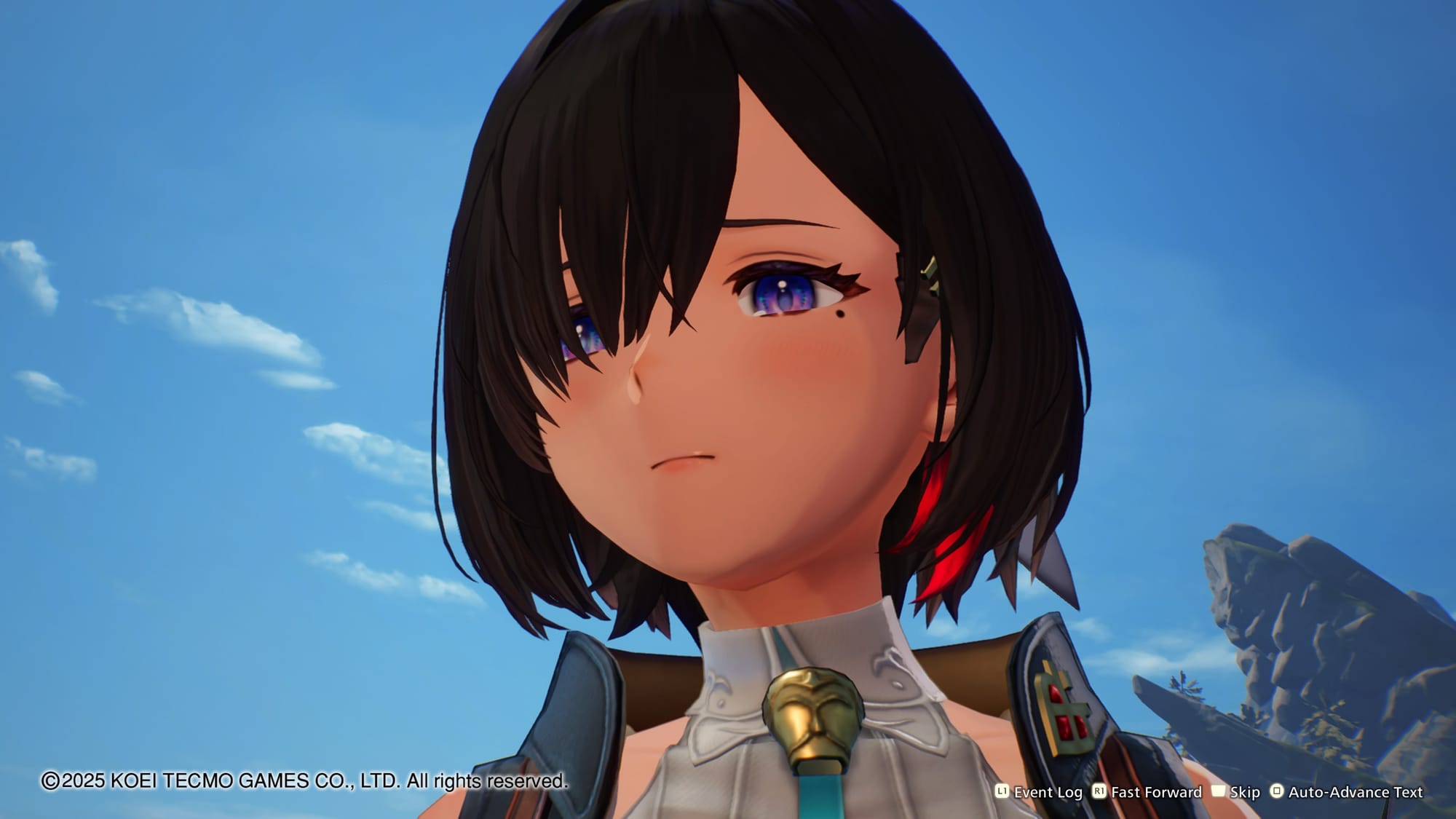
In the past twenty-eight years, developers Gust have released an Atelier title on a near-yearly basis. The games have always been received well by a niche subset of players who enjoyed the distinctive loop of battle, crafting, and exploration. However, as with many niche "AA" titles, the games never reached the sales targets needed to achieve the levels of innovation and technical demand that modern gamers expected.
For a while, the highest-selling game in the franchise was Atelier Sophie: The Alchemist of the Mysterious Book, the 17th mainline game and the first for the PS4. Featuring revamped graphics, a spry young protagonist, and reworked gameplay mechanics, Sophie helped Gust and publisher Koei Tecmo shift 370,000 units by 2020—a monumental figure for Gust, yet still a drop in the ocean compared to other JRPG franchises.
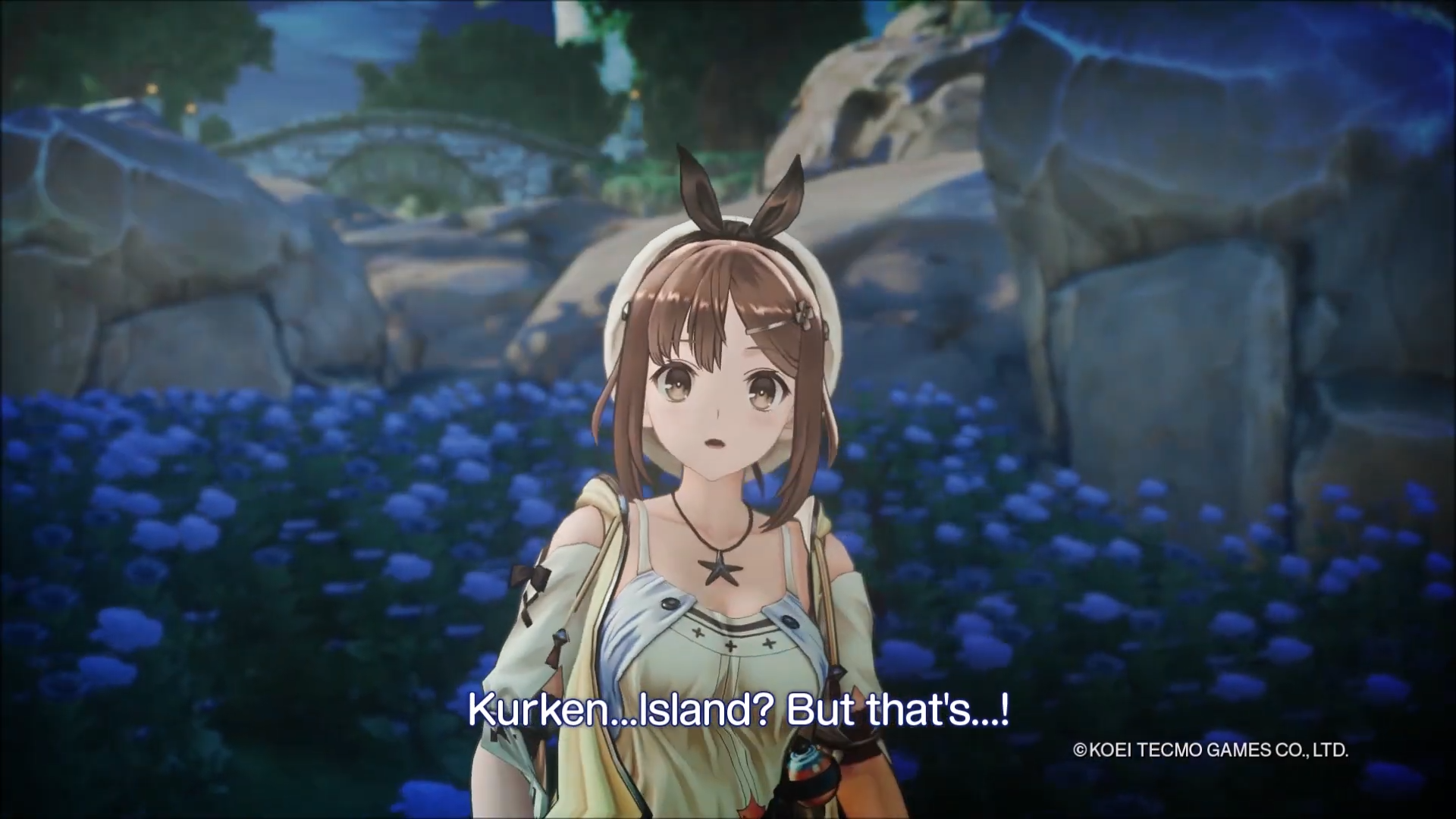
In a 2025 interview with NoisyPixel, Gust Producer Junzo Hosoi explained the dire state of Gust and the Atelier franchise heading into what would become Atelier Ryza.
“When I stepped in as producer, the pressure was immense,” Hosoi-san said. “If Ryza failed, it could have been the end of the Atelier series.”
The pressure was on, but what 2019's Atelier Ryza: Ever Darkness & the Secret Hideout accomplished was nothing short of a triumph. By mid-2023, the overall trilogy of Atelier Ryza had sold two million copies, spawned an anime by Liden Films, and released dozens of licensed figures.
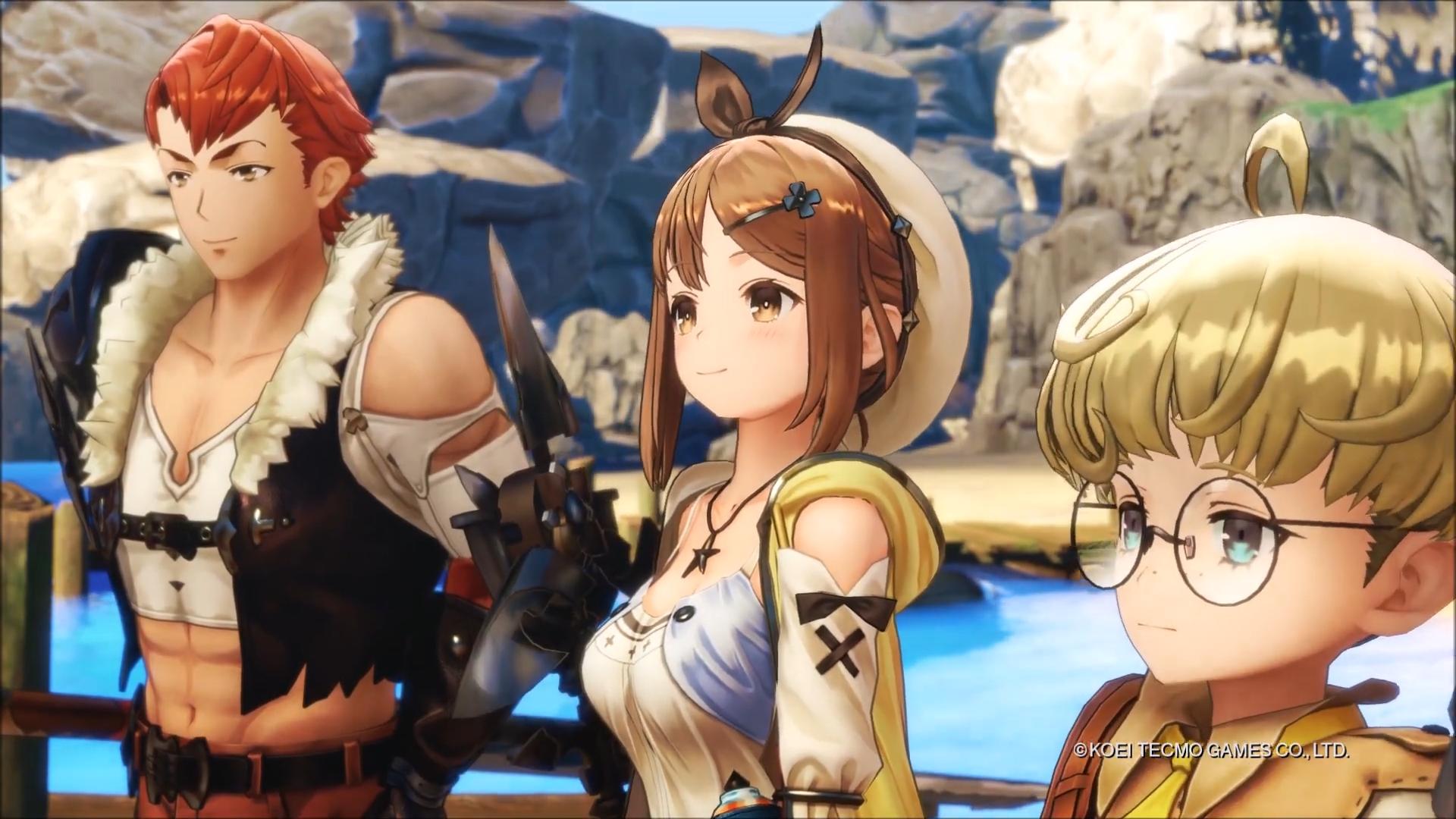
With each title going from strength to strength, Gust rapidly improved their game engine, with the trilogy's final installment, Atelier Ryza 3: Alchemist of the End & the Secret Key adopting a semi-open-world approach that had once been only a pipe dream for the series.
Where, then, could the series head next?
Atelier Yumia: A Bold New Direction, Expertly Executed
Atelier Yumia is both familiar and new at the same time. It's an evolution of the series' longest-running mechanics, and simultaneously a complete reimagining of what an Atelier game should be in 2025.
At its heart, Atelier Yumia tells the story of the titular Yumia, a young woman attached to a pioneering team exploring the continent of Aladiss, a once-great land seemingly brought to ruin by alchemy. Yumia and her skills are considered dangerous, even taboo, and her initial companions are there to keep an eye on her dark arts.
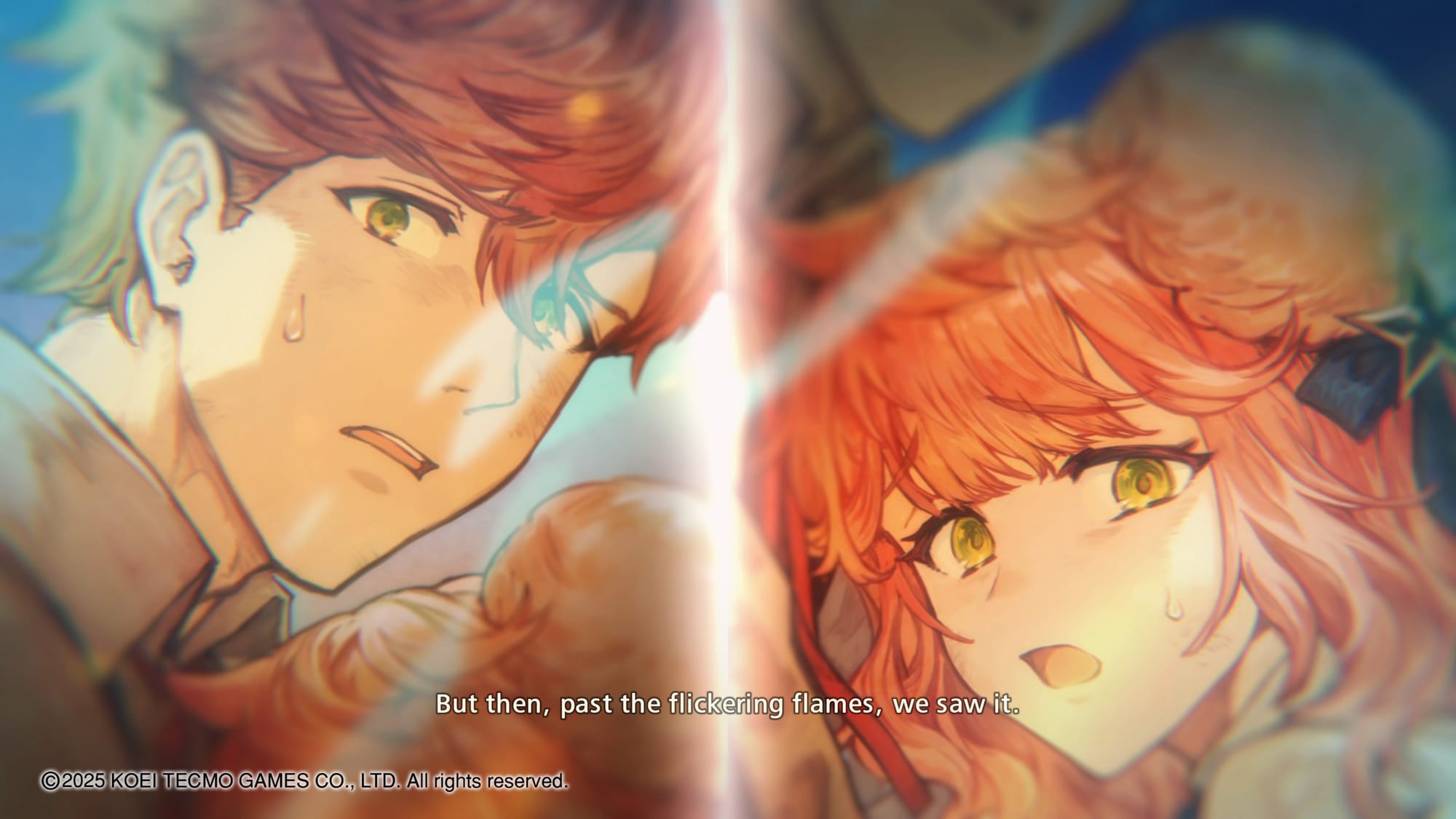
The main characters are each endearing in their own right, and all have backstories linked in some way to the negative aspects of alchemy. Despite the colorful world, Atelier Yumia offers a grim narrative as Yumia and her team uncover the fall of Aladiss, taking them deeper into the heart of the ruined civilization.
Building upon Ryza 3, Atelier Yumia is an almost fully open-world experience, gated into four large gameplay areas. The game is filled with things to do: gathering spots litter the ground and cluster in trees; monsters roam the world in packs; hidden shrines protect valuable treasure. With more maneuverability than ever before, Yumia can hop around the map, jumping (and eventually triple-jumping) atop cliff-faces, speed down zip-lines, and blaze across the open plains on her own motorcycle.
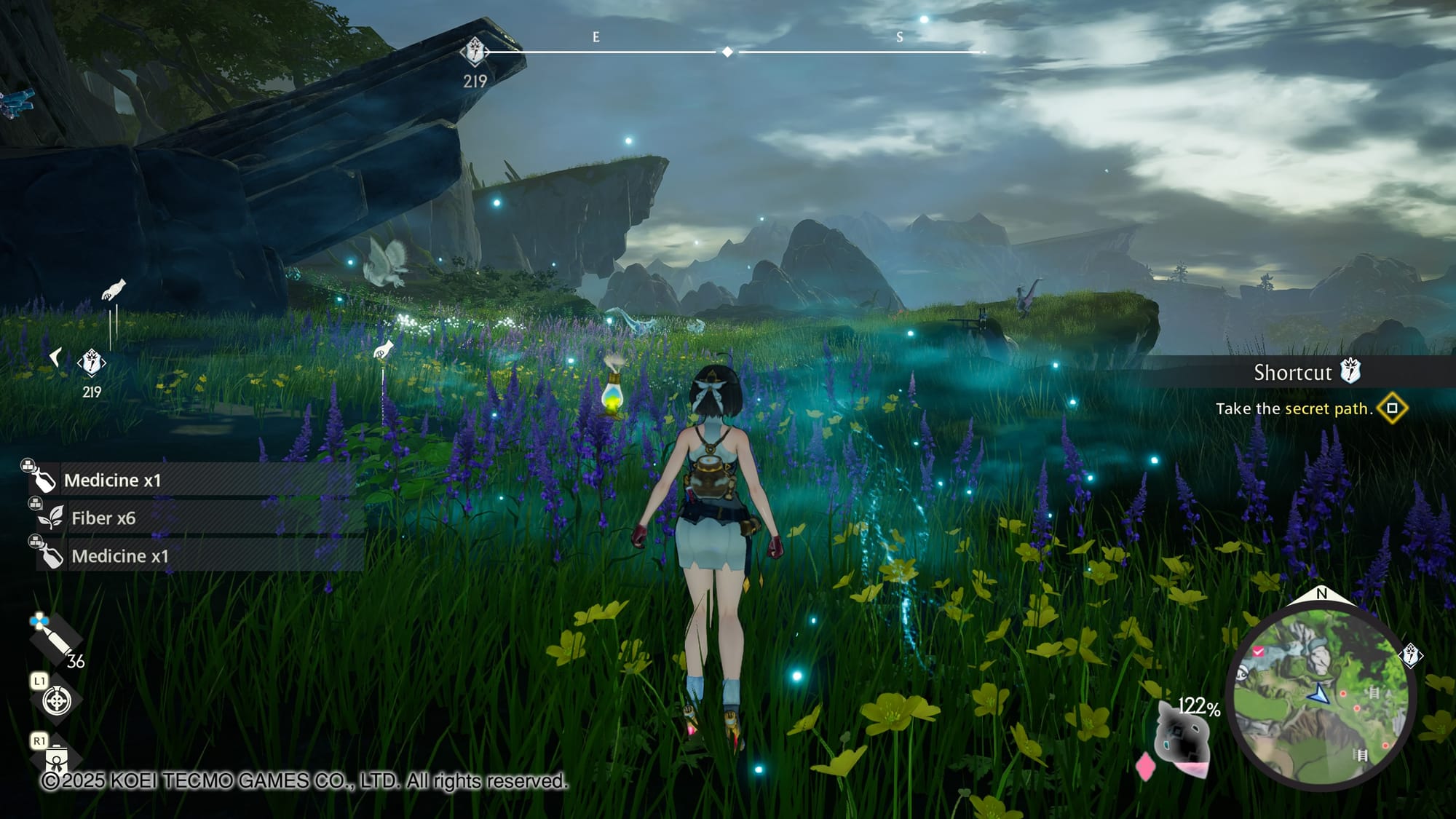
Where Atelier Ryza 3 struggled to reconcile a bigger world with its progression system, Atelier Yumia has entirely reworked the progress of alchemical recipes and weapons, matching up your exploration with your crafting possibilities. Recipes are no longer acquired by purchasing them with skill points, as in Ryza 3; in Atelier Yumia you'll need to acquire new ingredients (similar to previous Atelier titles), but in a unique twist, this only unlocks the potential to learn the recipe.
To unlock that recipe for crafting, you need to invest 'particles' that are gathered from exploring the open world. This mechanic forces the player to choose the order in which they'll unlock consumables or equipment. Going one step further, you can spend more particles to increase the recipe's rank, greatly boosting its stats when crafting. In this way, you could theoretically craft a better version of an earlier weapon than its shiny new cousin, simply by investing in the recipe itself.
The alchemy system itself has received another shake-up, with a redesign that makes this one of the best crafting systems in any Atelier game to date. Previous games saw players easily amassing stacks of rare ingredients, since the alchemy process often required only a few parts, with it not being uncommon to sell excess, unwanted materials.
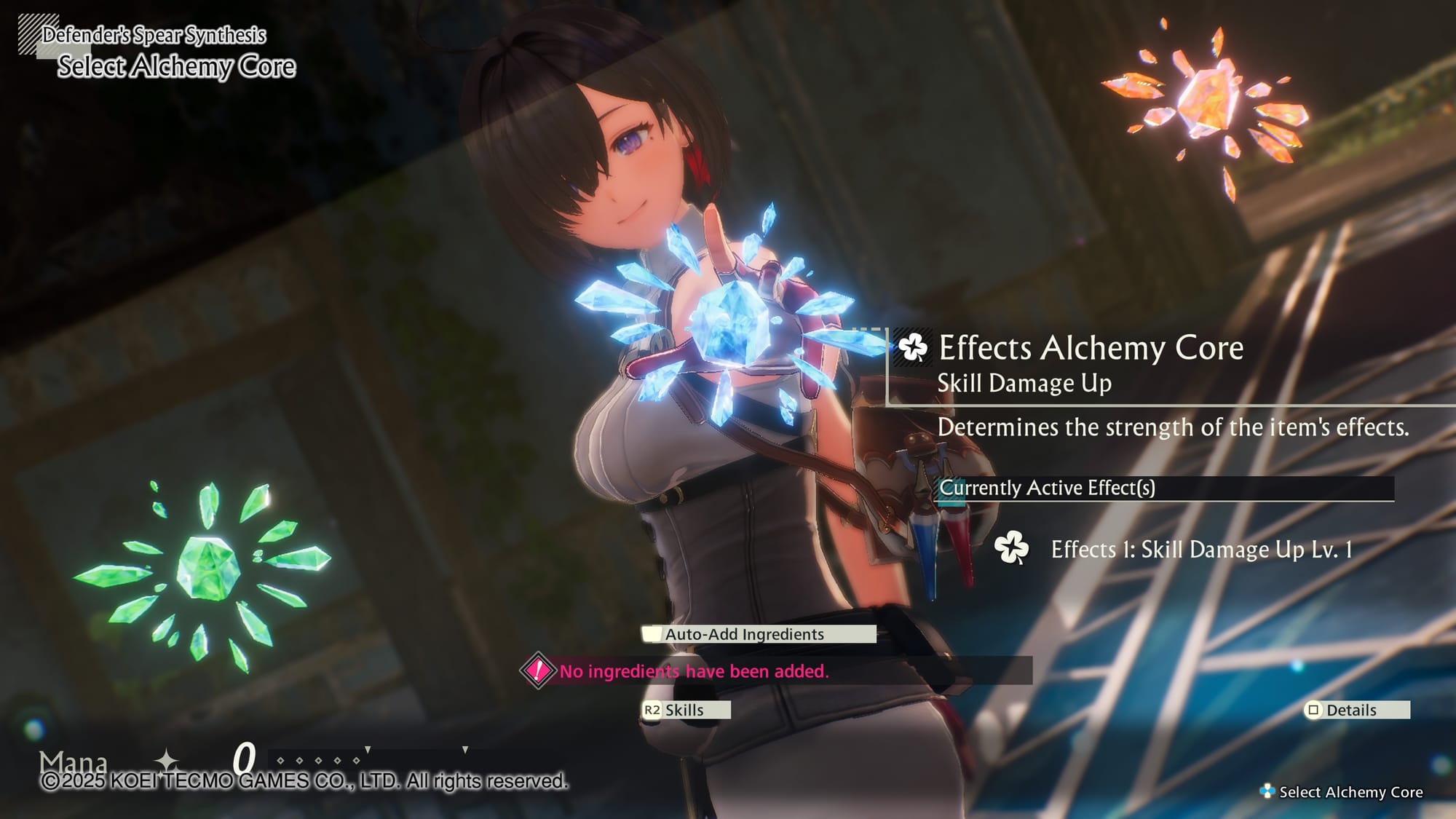
Atelier Yumia, however, forces you to part with dozens of ingredients if you want to acquire a decent item. Crafting your recipe requires completing several "cores," each relating to one of the item's effects, its potential traits, or its overall quality. Investing more particles in a recipe unlocks more, and better cores, giving you the potential for a higher-quality and more-effective item.
Entering a core, you'll insert ingredients into the orbital rings, with the type of ingredient—including its material and elemental affinity—influencing either "resonance" or "mana." In turn, this unlocks progressive tiers of quality and effect. As the game progresses, you'll gain access to more complex orbits on each atom-shaped core, with some slots allowing you to dump up to 20 of the same item to achieve the maximum benefit. Not only does this allow you to clear out your inventory of unwanted ingredients, but it also provides an extra layer of decision-making beyond "choose the highest-quality ingredient on hand."

Traits, too, have been entirely reworked. Once a hereditary system that could be easily abused, the new trait slots act more like materia in Final Fantasy 7, allowing weapons, armor, and even consumables to be customized with jewel-like trait crystals. These crystals can also be crafted and leveled up, offering another dizzying level of complexity.
If all that's got your head spinning, then maybe it's time to head out of the workshop and into the open world.
Atelier Yumia: Better Combat and Better Exploration
As I mentioned earlier, Atelier Yumia is the biggest and boldest take on the franchise yet. Where once the levels were suffocatingly small and roped off with invisible walls, Yumia is free to traverse the entire first section of the map from the first moments of the game.
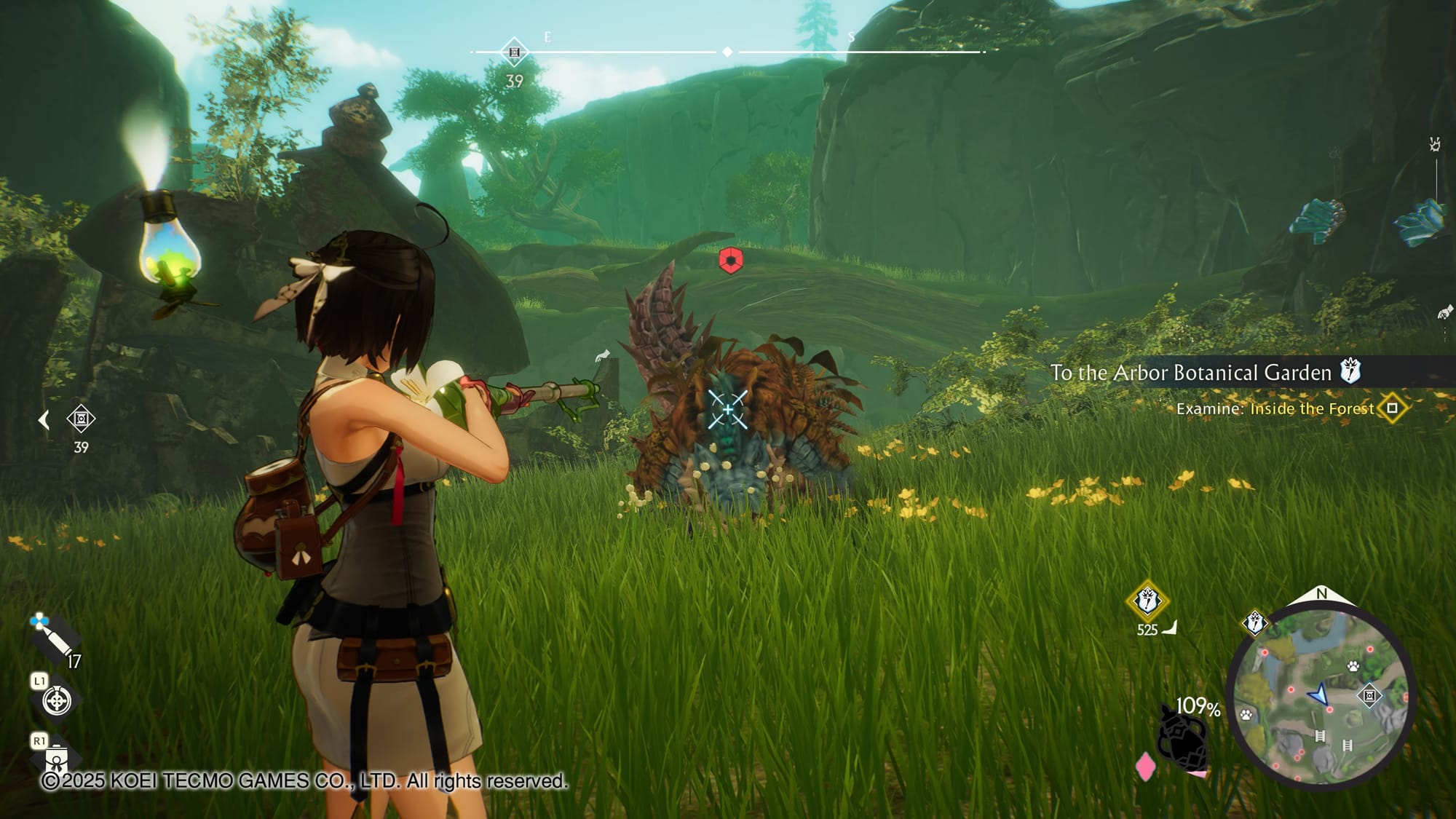
Out in the wild, you'll find fishing spots, monster dens, and ancient puzzles from the Aladissian civilization. There are mini-games to unlock chests or repair zip-lines, and Yumia can wield her signature gun staff to shoot switches, stun enemies, or acquire impossible-to-reach ingredients.
Skill points earned by completing quests or unlocking shrines are used to unlock new aspects of combat, crafting, or exploration. While the first few unlockables are fairly easy to achieve, by the mid-game, I found myself hoarding skill points and deliberately hunting for shrines in order to unlock the next skill for gathering or crafting.
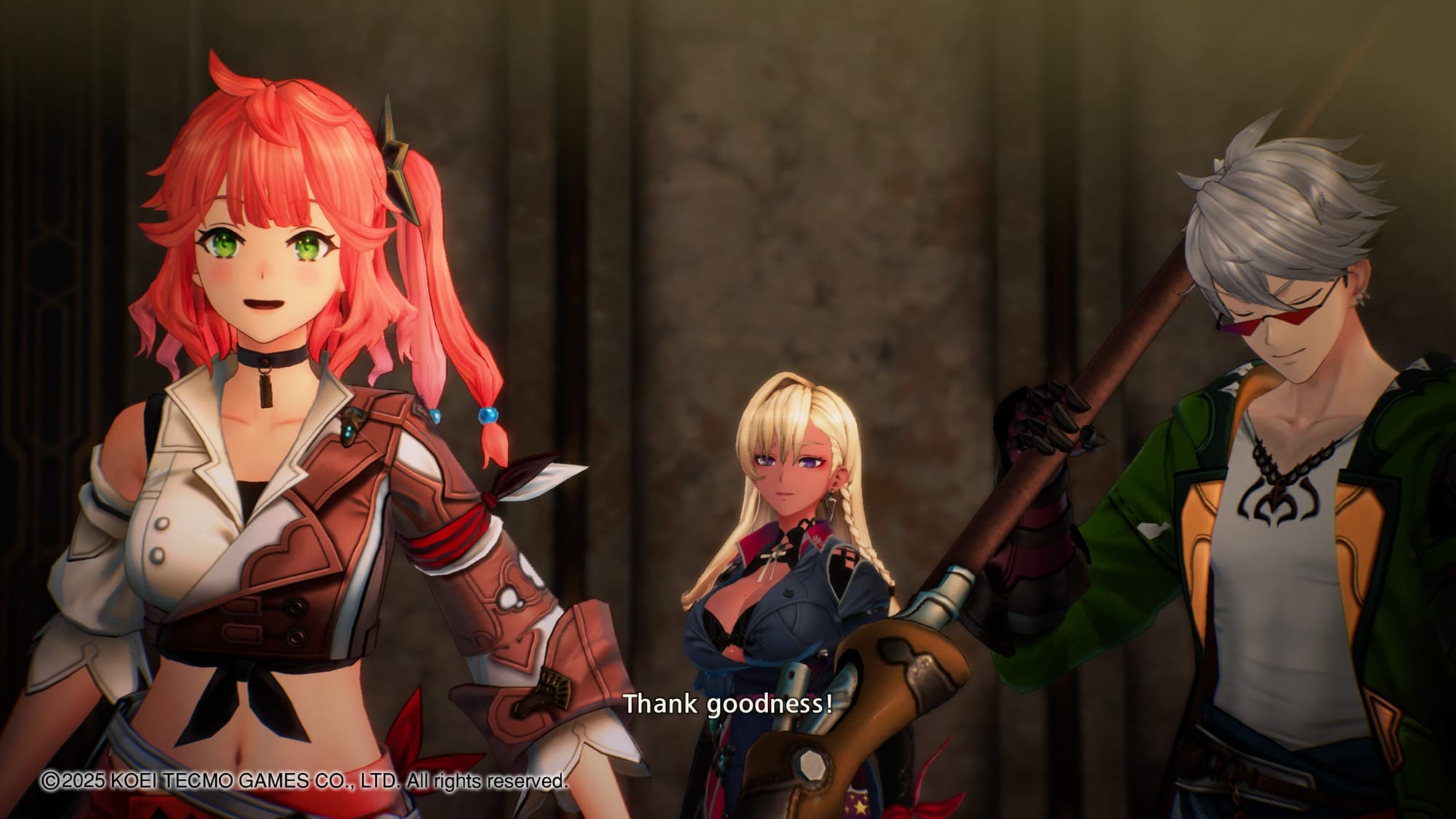
Combat has been subtly tweaked from the Ryza series, although not so much as other elements of the game. Battles are, once again, real-time and rather frenetic, which is undoubtedly a disappointment to those who enjoyed the brief return to turn-based combat in Atelier Sophie 2. That said, despite largely disliking the real-time combat of the Ryza trilogy, Yumia's combat has me completely hooked.
In-battle, Yumia and her companions use combat skills on cooldowns, chaining them together to deal extra damage; you can also use combat items, which now restore automatically afterwards (removing the frustrating "core charges" from Atelier Ryza). Your position on the battlefield can be freely changed at any time, and you'll need to keep on the move to dodge incoming enemy attacks.
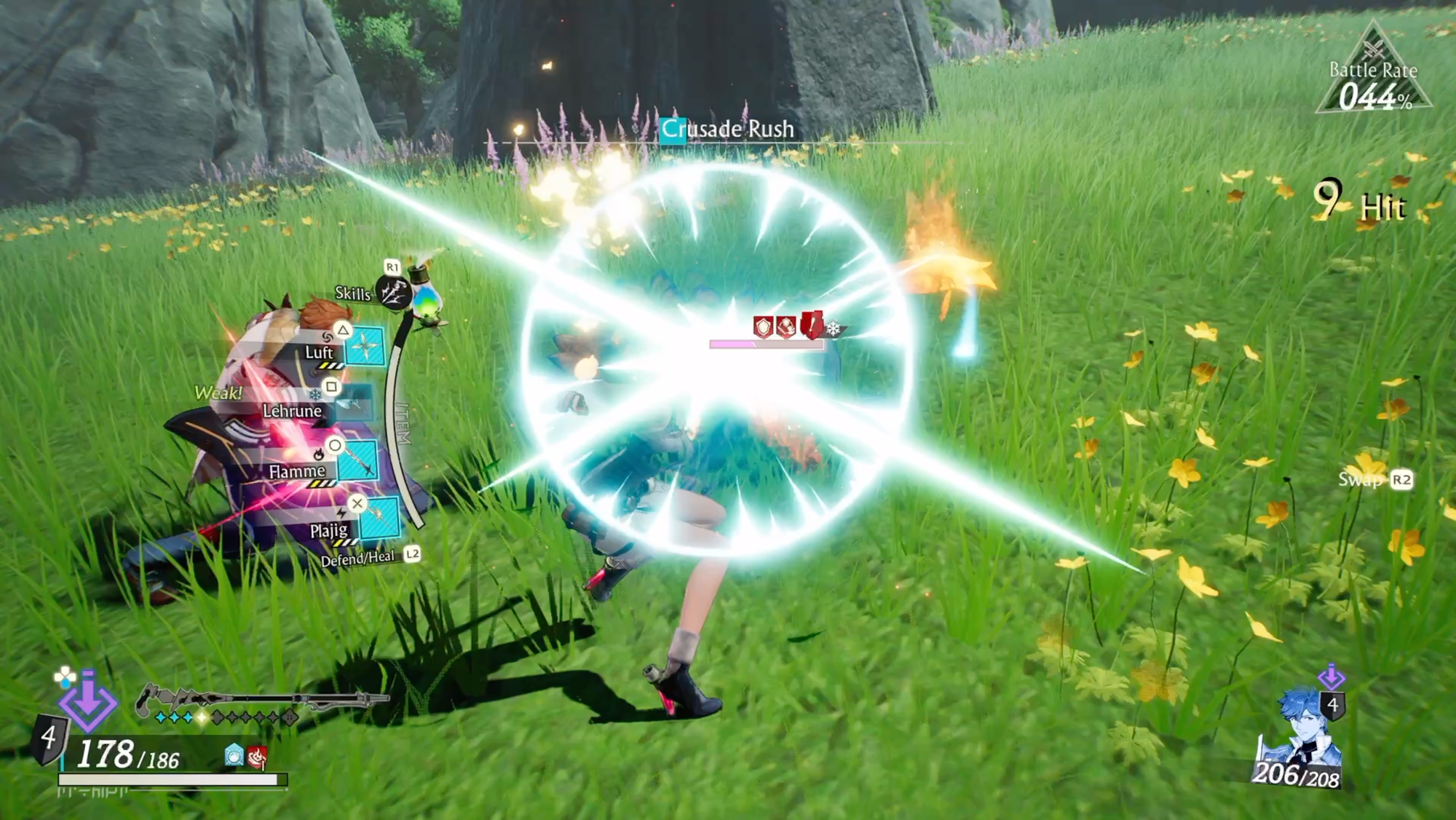
Flanking enemies will restore your cooldowns faster, as will timing a perfect guard. By switching from the "inner range" to "outer range" area of the battlefield, Yumia (or the currently controlled character) will gain access to a different set of skills. With enemies being weak to either close-range or long-range attacks, maneuvering in and out of these zones is crucial to breaking the enemy's defenses, allowing you to pile on the damage and execute tag-team attacks via your consumables.
Combat encounters can also come in several varieties, depending on how you encounter enemies in the game world. "Split" encounters see your party members individually assigned an enemy, forcing you to tackle your opponent alone. "Rumble" encounters combine the health of multiple enemies to create a longer fight, requiring you to play more cautiously with your cooldowns and items. And if you start combat in cramped conditions, you'll be prevented from switching to the "outer range" area, making an ordinary encounter suddenly dangerous.
Atelier Yumia: Housebuilding and Decorating Mechanics
It might seem incredible, but there is still more to do in Atelier Yumia. In the previous Ryza trilogy, there was a big emphasis on your alchemical base—the titular 'atelier'—being a frequent home for your characters. In Yumia, however, the pioneering team are always on the move, and this is expertly demonstrated by the multiple bases and camping sites found across the region.
Although you do have a main atelier to call home, most crafting can be done at any of these unlockable bases, and each one can be fully customized through extensive base-building.
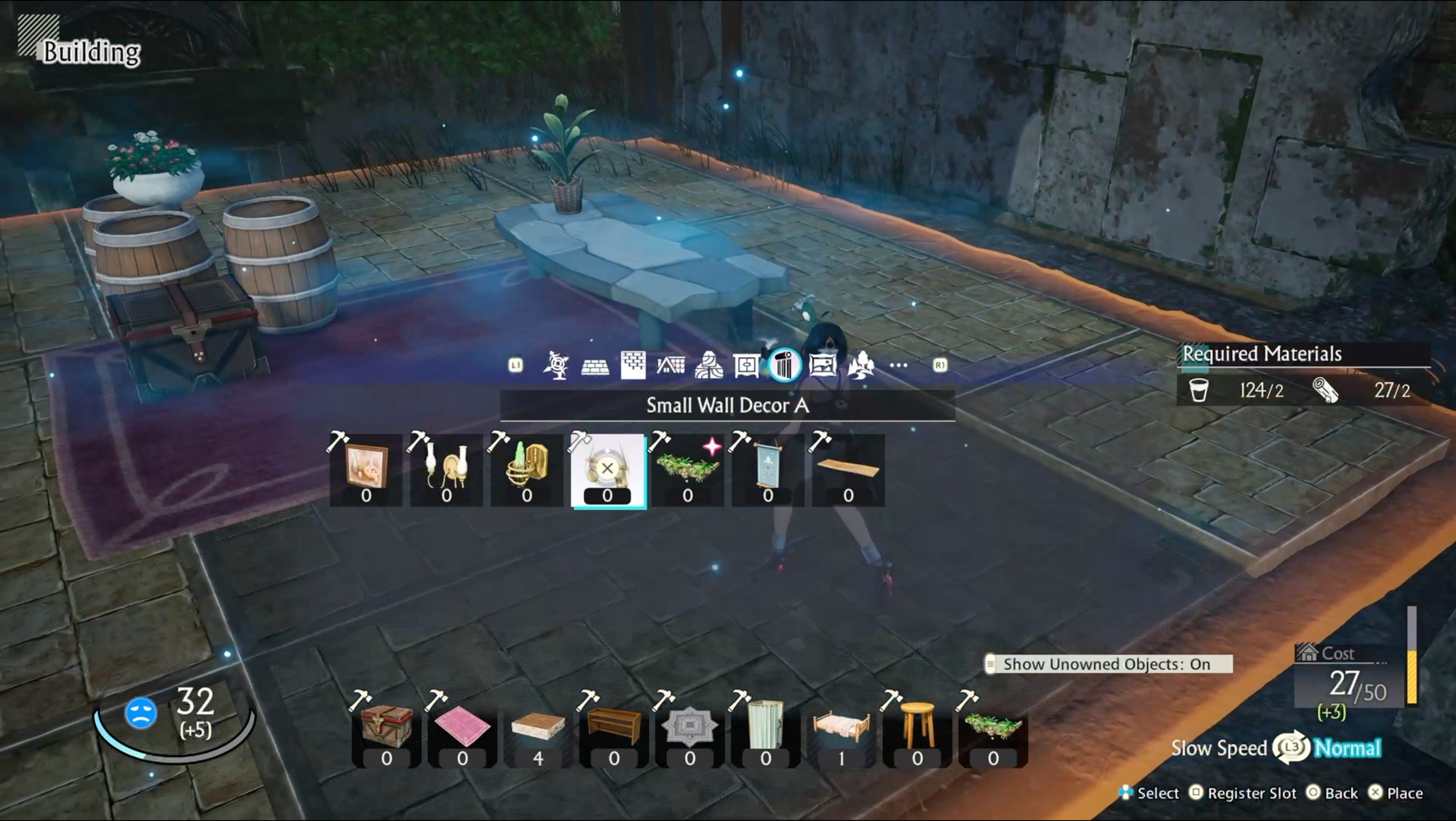
When the construction mechanics were first announced, I was hesitant to embrace a Minecraft-inspired add-on to Atelier, but in reality, it's closer to the Serenitea Pot in Genshin Impact. There is little gameplay benefit to building and maintaining bases in Yumia; they offer some stat benefits when resting, and are slightly more convenient for crafting items, but you could theoretically go the entire game without touching the base-building mechanics.
That said, Gust has done an incredible job of making the world and its characters feel so personable that, before I knew it, I was customizing each and every base in the regions. Ingredients gathered via exploration now also provide building materials, which are then crafted in a separate (and thankfully, far easier) manner, allowing you to custom-build your very own base, down to the last pot-plant and wall-scroll. Your party members will even appear there, simply sitting around drinking tea or offering up individual side-quests.
Sometimes, not every aspect of a game needs to have utility, and although I criticized the recent Monster Hunter: Wilds for their own attempt at bases, what felt like a tacked-on after-thought in Capcom's game, feels like a beloved part of Atelier Yumia, despite its rather non-functional aspect.
My Thoughts on Atelier Yumia
With the main quest halfway down, I'm still nowhere near finished with Atelier Yumia. To be quite honest, I almost don't want the game to be over. Even when the story is drawing to a close, I know that I'll be scavenging the best items, finding the last chest, and unlocking the final shrine.

As a long-time fan of the Atelier franchise, I feel confident in saying that Atelier Yumia: The Alchemist of Memories & the Envisioned Land is the boldest and best entry in the series to date. Where other titles have been constrained by finances or floundered with new mechanics, Atelier Yumia has confidently taken twenty-eight years of Gust's accumulated knowledge, and pioneered a new entry that completely defies expectations.
And remember that 370,000 units that Atelier Sophie sold, back in the day? Atelier Yumia cleared that mark in just over a week.
For a franchise once on the brink of collapse, an accomplishment like that is almost akin to—dare I say it—alchemy itself.
Anime Atelier received a review copy of Atelier Yumia: The Alchemist of Memories & the Envisioned Land.
© KOEI TECMO GAMES CO., LTD

